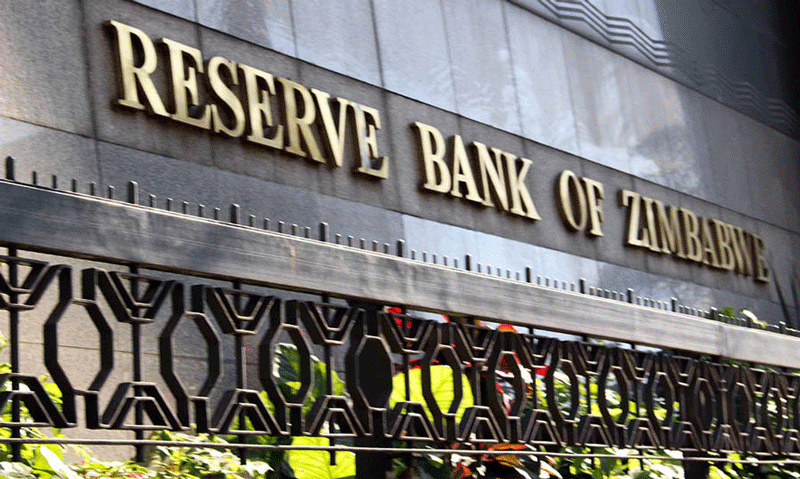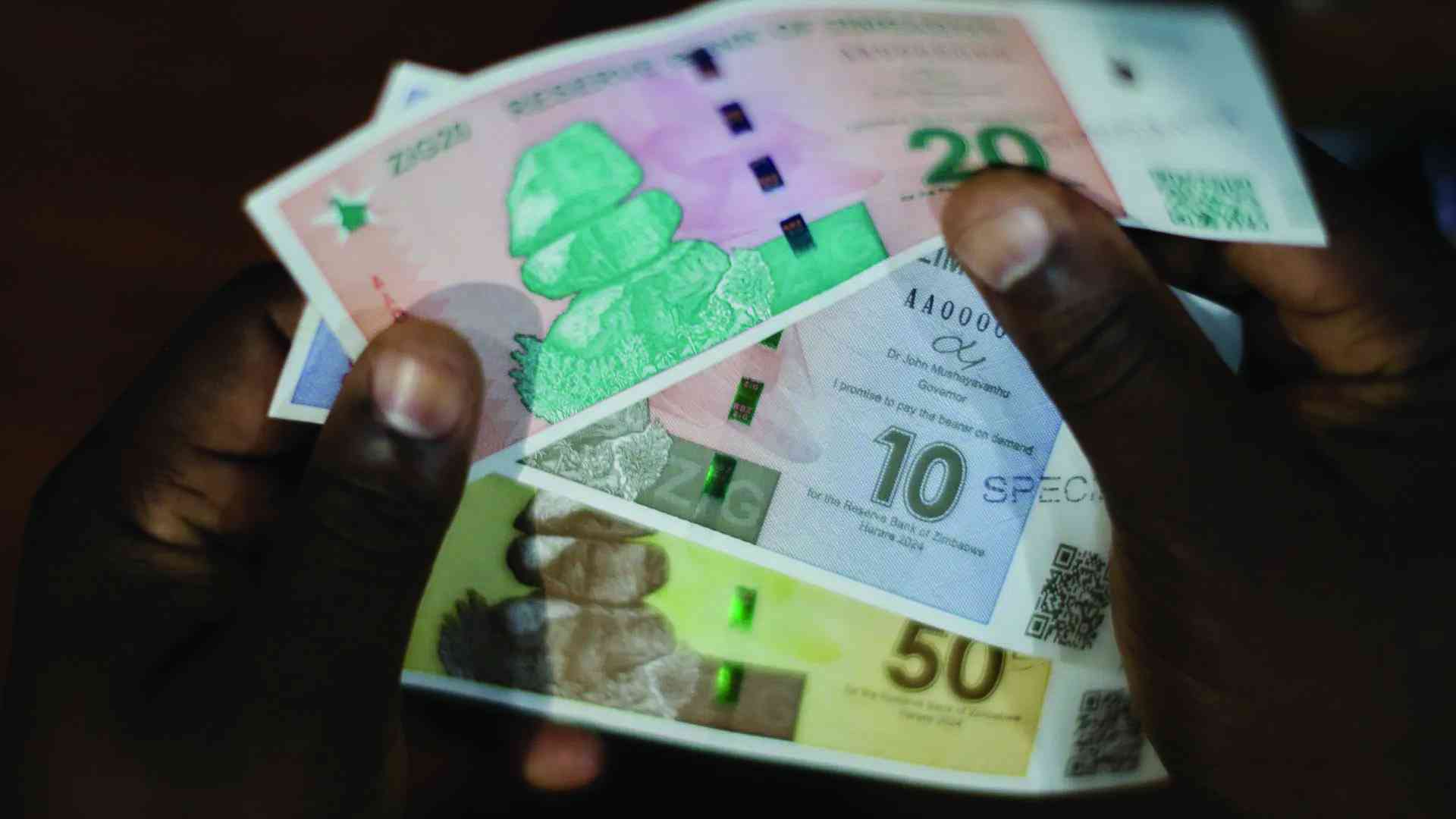
THE Reserve Bank of Zimbabwe (RBZ) launched the auction system on June 23 2020 with a communicated objective to emulate a Dutch Auction market and improve transparency in the distribution of foreign currency locally.
Initially the auction exchange platform was supposed to be backed by the Reuters Forex Trading platform (a real-time electronic trading system between banks), but the central bank chickened out of it before full absorption.
After a promising start, the auction platform morphed into an allocation platform where the exchange rate was soft-pegged regardless of the level of money supply growth or other economic developments that affect foreign currency pricing.
The mechanism then deviated away from the initially stated Dutch auction principles, which were meant to instill confidence in the central bank operations, ensure transparency in allocating foreign currency in the economy and allow some modicum of free market price discovery on foreign currency trading.
Journey so far
In the last three years, the Reserve Bank of Zimbabwe (RBZ) has allocated US$4,09 billion to various importers (large to small businesses) and private applicants.
The platform reached its peak during Covid-19 in 2021 when US$1,97 billion was allocated at an average of US$38 million per week.
In the same year, official imports recorded by the Zimbabwe Revenue Authority (Zimra) averaged US$145 million per week before informal imports are considered.
- RBZ blocks Harare US dollar charges
- Zimra seizes CCC campaign vehicle
- Industry cries foul over new export surrender requirements
- One stitch in time saves nine
Keep Reading
This means that at its best, the mechanism could only cater for 26% of the official demand and a fraction of the needs of the economy. Entirely all the informal market businesses source their foreign currency from the open market or from sales proceeds.
Despite record foreign exchange receipts totalling US$11,6 billion in 2022, there is widespread foreign currency shortage on the formal market for the past five years as sellers do not believe the formal exchange rate is the actual value of their forex.
Currently, the interbank foreign exchange rate is at US$1:ZW$4 556 while the market exchange rate is ZW$6 600.
However, wholesalers and retailers quote a higher exchange rate to ensure they can be able to restock and buy foreign currency off the market.
The premium between the pegged formal exchange rate and market rate operated at over 100% for much of the three years. The local market also has different exchange rates for Zimbabwe dollar cash and trades from local Foreign Currency Accounts (FCA) to US dollar hard currency.
In other developing economies, commercial banks have the liberty to buy and sell at the rate they deem fit, thereby, achieving true price discovery without indirect intervention of the central bank.
Similarly, exchange rates do not vary according to currency model or transaction type. Prices for goods and services have also continued to skyrocket. They have remained elevated beyond disposable incomes for average citizens.
What is a Dutch auction system?
A Dutch auction is a market system in which the price of foreign currency offered is established after all bids have been received to arrive at the maximum price at which the entire offering can be sold.
Bidders submit a bid for the amount they are willing to buy in terms of amount and desired price in this form of an auction.
A Dutch auction is also a sort of auction in which the price of an item is gradually reduced until a bid is received.
If the price is higher than the reserve price, the first bid is the winning bid and results in a sale. This contrasts with traditional auction markets, where the price begins low and rises as bidders compete to be the winning buyer.
The Dutch auction system has been used in other African markets, such as Ethiopia, Ghana, Guinea, Sierra Leone, Uganda, and Zambia.
These countries operated with some level of foreign exchange controls but allowed the exchange rate to be determined by forces of demand and supply.
If the true Dutch auction principles were followed, the auction could have restored market confidence in the local economy and stabilise prices.
By design, a Dutch auction is supposed to be a price discovery mechanism, which gives a signal to bidders that they have a limited chance to get foreign currency if they offer to pay less. Some key tenets of the Dutch Auction market are as follows:
Auction amount known beforehand
As the general rule on all auctions, the amount to be auctioned needs to be declared days before the bidding opens. It does not matter if the amount is US$1 million, or it is US$500 million.
If there is no foreign currency, there should be no auction. This information affects price discovery because if there is more foreign currency available (increase in supply), bidders will offer to pay a lower price and if there is limited foreign currency, bids will be placed higher.
The central bank never made this information available and bidders bid at the lowest prices possible.
Highest bid downwards
A Dutch auction assigns foreign currency to bidders starting from the highest bid downwards and allows the highest bidders to be allotted their full amount at that bid rate till their requirements are fully met.
If there is extra, the allotments move to the second highest offer in that manner.
This means that the highest bidder may exhaust the declared amount if supply is limited.
The benefit of following such a mechanism is that those who demand more foreign currency and have a significant amount of local currency get more foreign currency.
This reduces the appetite to go to the parallel market and encourages competition as bidders will not bid at a rate where they make foreign exchange or operating losses. Thus, all bidders are equal.
Settlement period
An auction settles within hours provided all the requirements are met as is the case in Ghana where the Dutch auction system is used. However, a 48–72-hour window is within acceptable limits. The local auction could go up to five or six months before winning bids were settled.
Artificial demand for US Dollar
The local currency is merely a transitory unit of transaction, not a store of value or standard for deferred payments.
Exporters and other holders of foreign currency did not voluntarily participate on the central bank auction platform because they knew that the rate was manipulated and they were better off holding onto their coveted foreign currency.
The auction system was implemented as a temporary measure, but its management underscores the basic constraints in the government and the central bank to allow market forces to determine price discovery.
However, this is not by error. It is by design because the central bank (government) largely wants to reserve the ability to print local currency, source cheap foreign currency and fund various government programmes when it deems fit even if the printing has undesirable consequences to economic stability.
Zimbabwe does not have a foreign currency shortage; it has a foreign exchange allocation problem, which rests solely on the central bank (government’s) foreign exchange regulations and policies.
The auction market had an opportunity to be liberalised to commercial bank level and modelled into an interbank platform where the central bank intervenes only in extreme cases of market failure (through offloading foreign currency, buying it or other open market operations).
This would be some form of managed floating exchange system used by over 70% of developing economies globally.
However, partial implementation of Dutch auction tenets and over regulating the auction system sucked out market confidence in a system, which could have addressed decades-old foreign exchange inefficiencies in the economy.
Confidence is the backbone of all fiat currencies, financial markets and economic growth world over. It remains to be seen how the central bank will decommission the supposedly auction system and introduce something else to maintain control on foreign currency distribution in the economy.
- Bhoroma is an economic analyst. He holds an MBA from the University of Zimbabwe. — [email protected] or Twitter @VictorBhoroma1.







